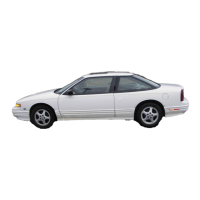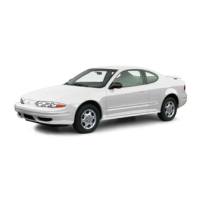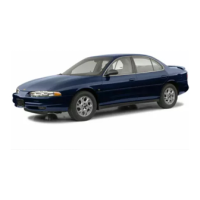Your
Driving
ad
the
Road
Steering Tips-Driving on Curves
154
It’s important to take curves at a
reasonable speed.
A
lot of the “driver lost control”
accidents mentioned on the news
happen on curves. Here’s why:
Experienced driver or beginner, each
of
us
is
subject to the same jaws of physics
when driving on curves. The traction of
the tires against the road surface makes
it possible
for
the vehicle to change its
path when you turn the front wheels. If
there’s no traction, inertia will keep the
vehicle going in the same direction. If
you’ve ever tried to steer a vehicle on
wet ice, you’ll understand this.
The traction you can get in a curve
depends on the condition of your tires
and the road surface, the angle at which
the curve is banlted, and your speed.
While you’re in a curve, speed is the one
factor you can control.
Suppose you’re steering through a
sharp curve. Then you suddenly apply
the brakes. Both control systems-
steering and braking-have to do their
work where the tires meet the road.
Unless you have four-wheel anti-lock
brakes, adding the hard braking can
demand too much at those places.
You
can lose control.
The same thing can happen if you’re
steering through a sharp curve and you
suddenly accelerate. Those two control
systems-steering and acceleration-
can overwhelm those places where the
tires meet the road and make you lose
control.
What should you do if this ever
happens? Let up on the brake or
accelerator pedal, steer the vehicle the
way you want it to go, and slow down.
Speed limit signs near curves warn that
you should adjust your speed. Of
course, the posted speeds are based on
good weather and road conditions.
Under less favorable conditions you’ll
want
to
go slower.
If
you need to reduce your speed as you
approach a curve, do it before you enter
the curve, while your front wheels are
straight ahead.
Try to adjust your speed
so
you can
“drive” through the curve. Maintain a
reasonable, steady speed. Wait to
accelerate until you are out
of
the curve,
and then accelerate gently into the
straightaway.
When you drive into a curve at night,
it’s harder
to
see the road ahead of you
because it bends away from the straight
beams of your lights. This is one good
reason to drive slower.

